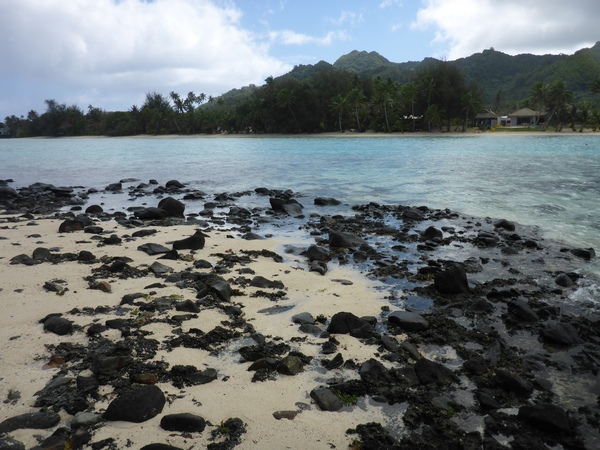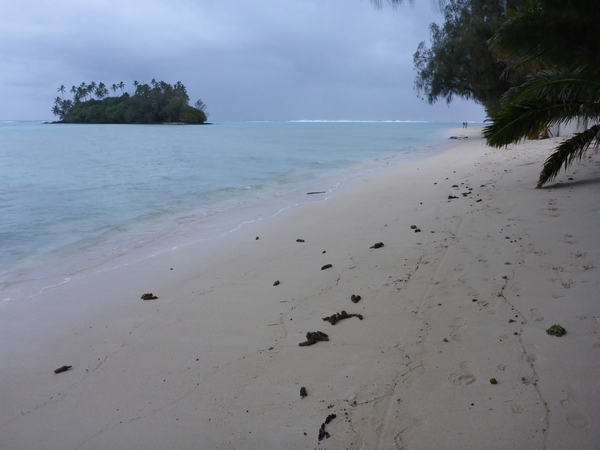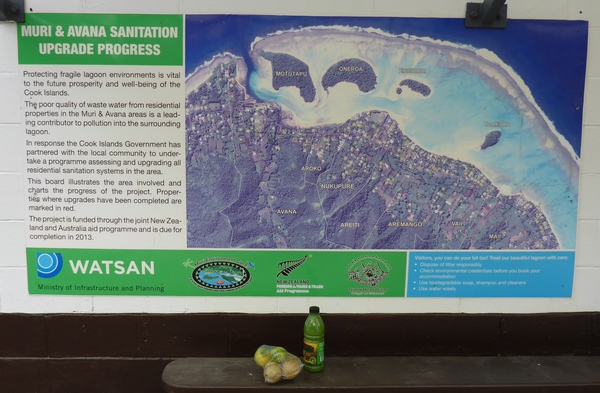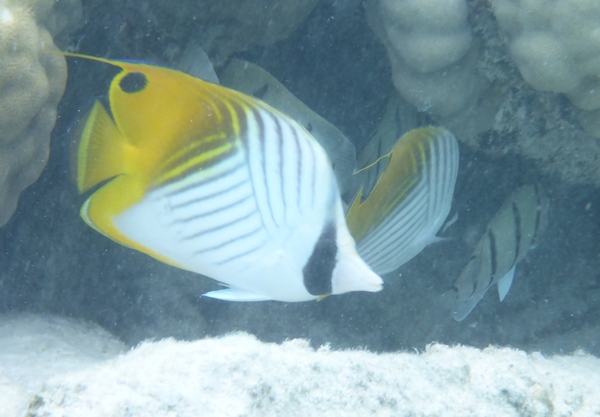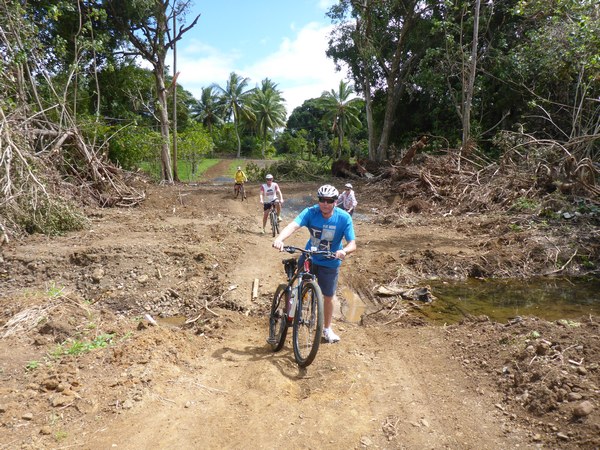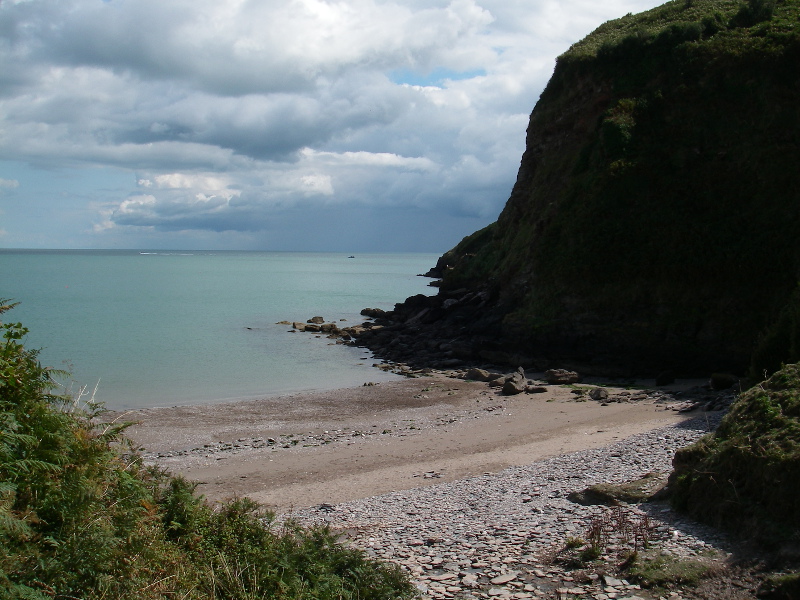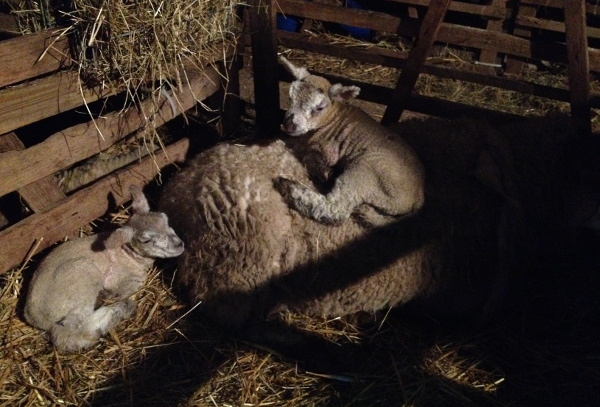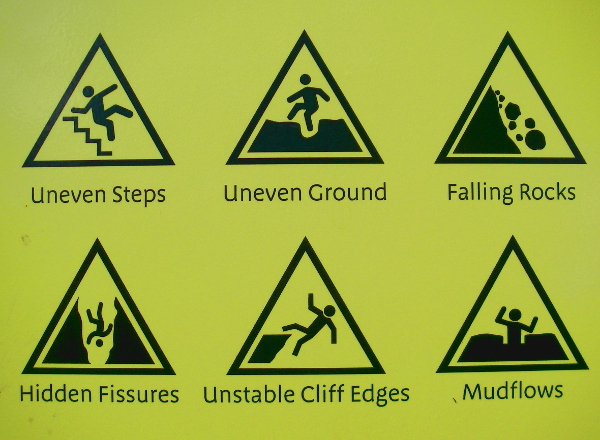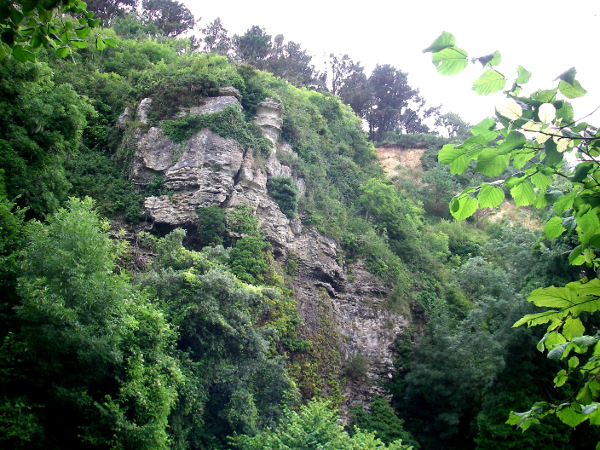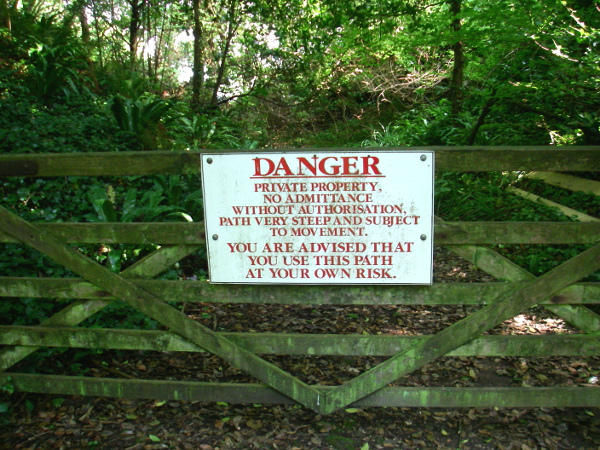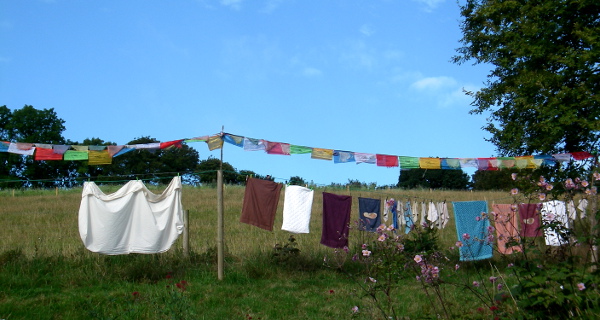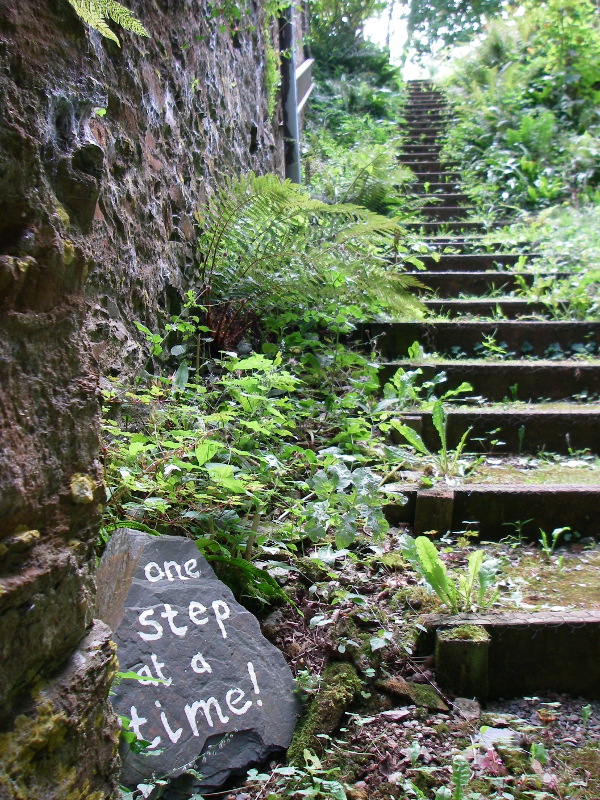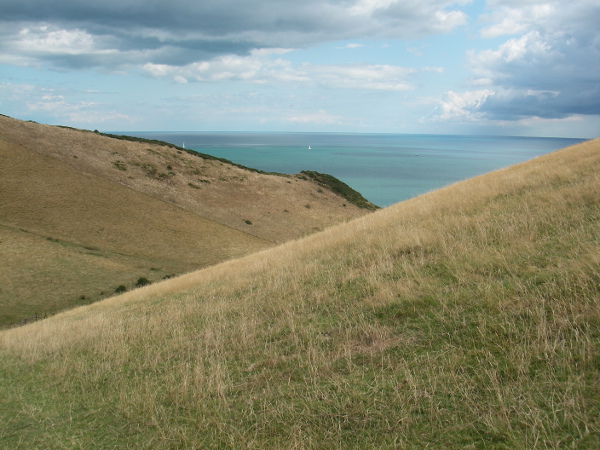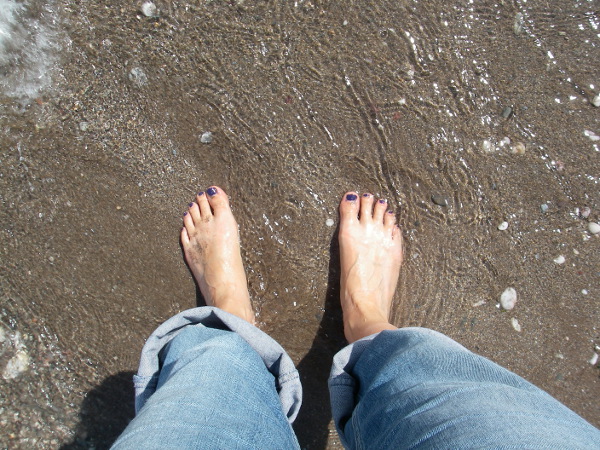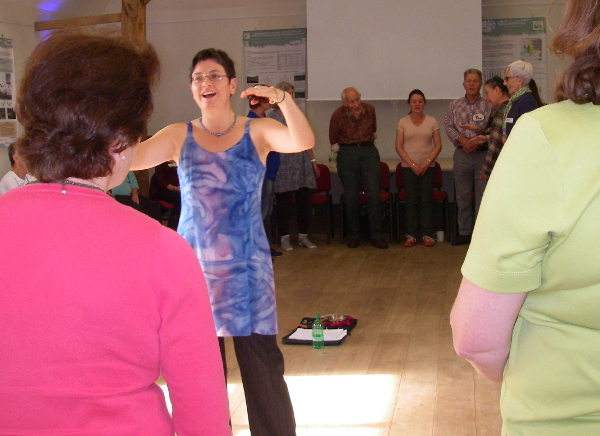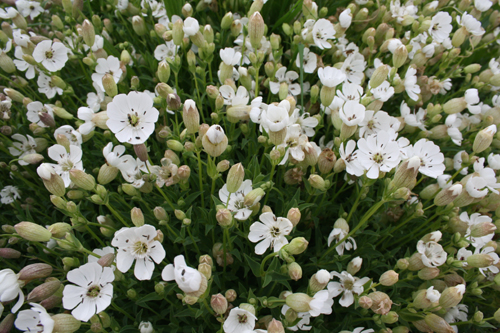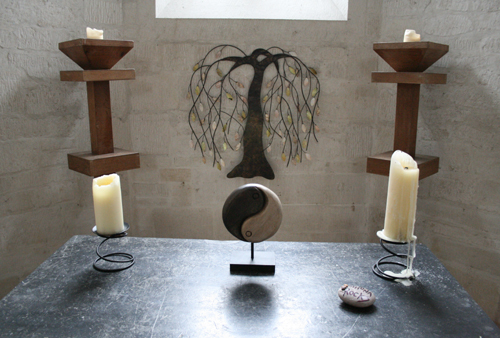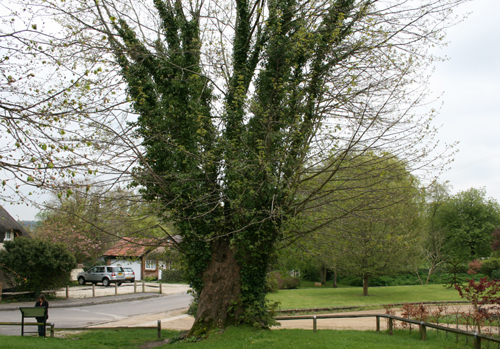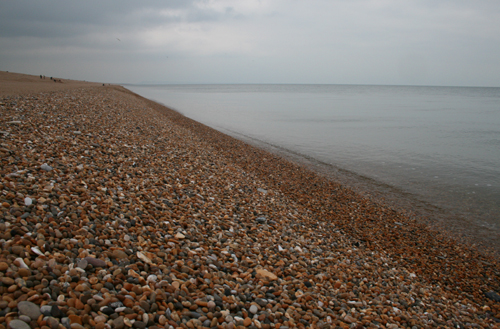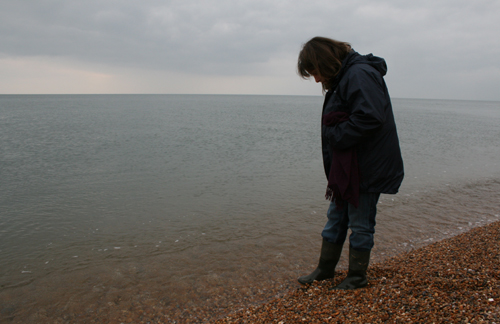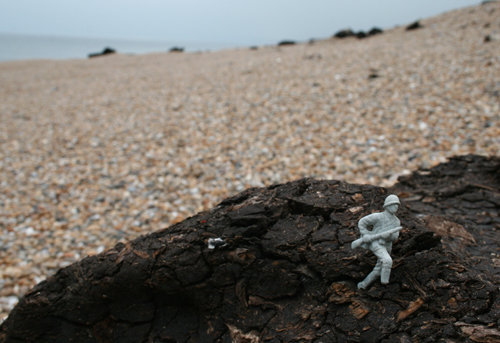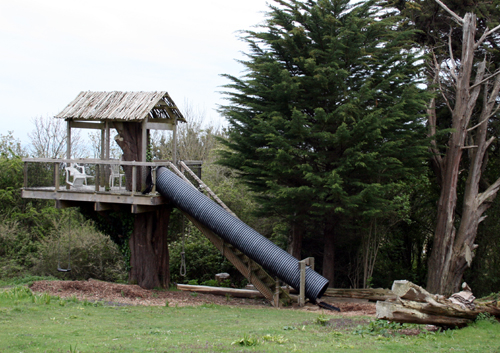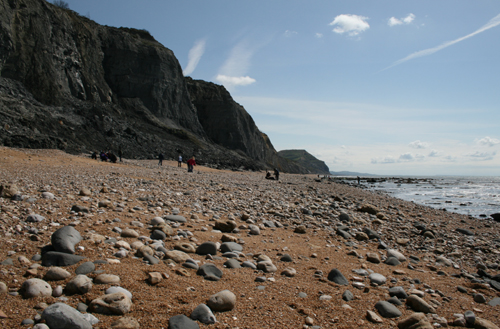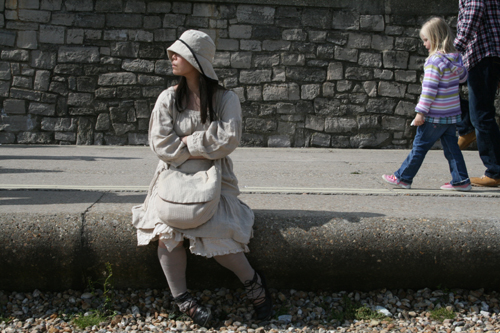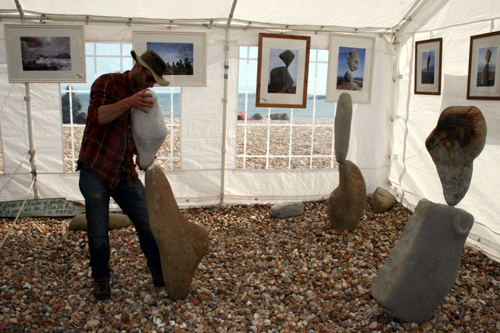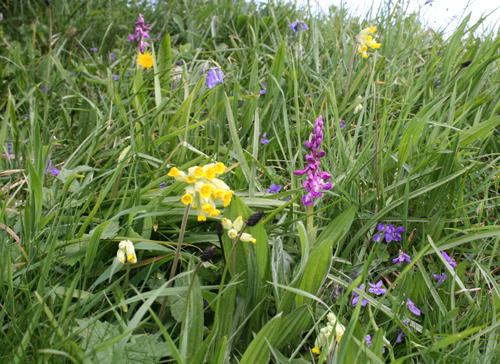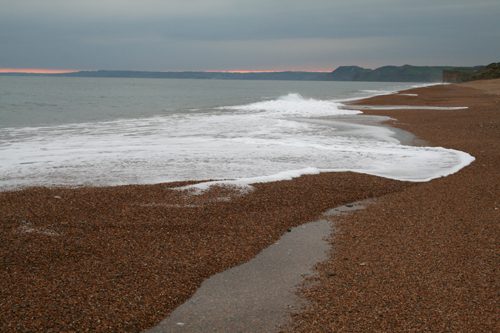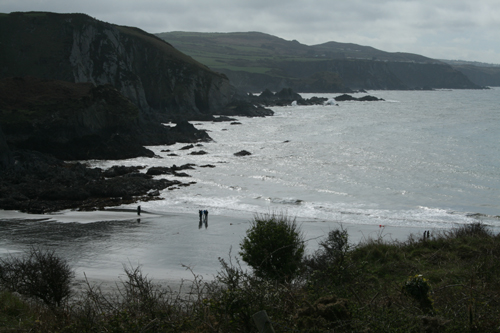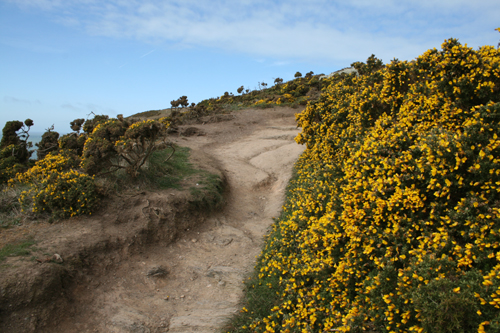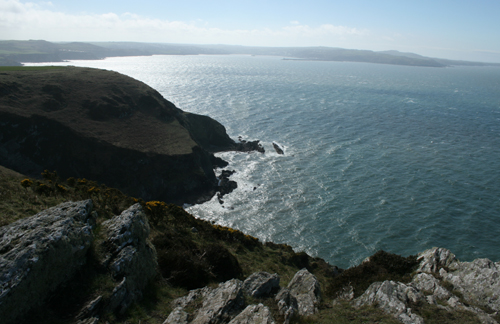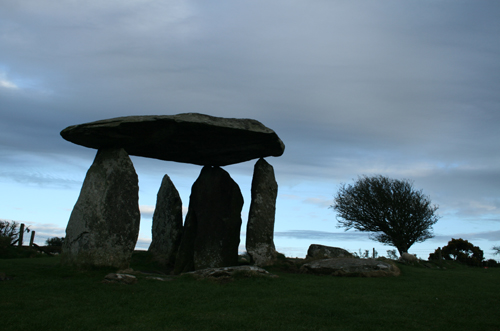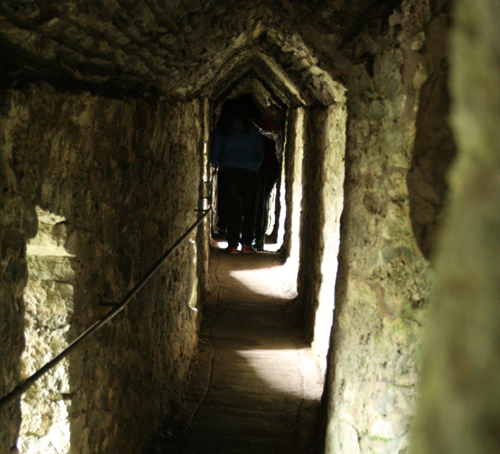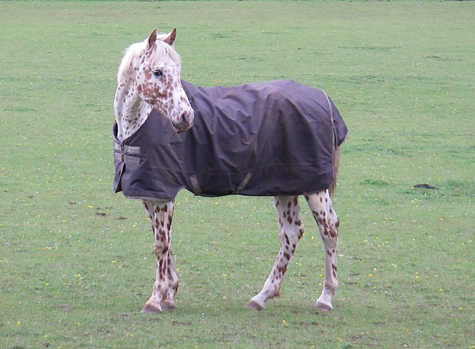In September 2015 I went on an awfully big adventure. I flew halfway around the world, to go traveling for five weeks in the South Pacific. As I had never been traveling before, this was something of a departure from my normal routine, to say the least.
In the months before I set off, an oft-repeated question directed at me by curious folks was, “Why the South Pacific?” My answers varied depending on the mood I was in, but usually comprised some or all of the following: (1) good snorkelling, (2) friendly and safe for a lone woman traveller, (3) desert islands, palm trees, sunshine, lagoons, coral reefs… And (4) as a child I got more than slightly obsessed with the South Pacific as a result of reading three books: Let’s See If The World Is Round (Hakon Mielche), South Sea Adventure (Willard Price), and The Kon-Tiki Expedition (Thor Heyerdahl).
From my childhood reading (blissfully oblivious of the rampant colonialism in all three books) I received the impression that the South Pacific was a magical and exciting place, teeming with wildlife, populated by quirky and amiable locals, and rich in natural beauty and ancient culture. Here was a place where you could swim with sharks, lie under palm trees listening to ukulele music beneath the stars, see stunning lagoons and coral reefs, and live a simple life in a tropical paradise.
So: off to the South Pacific I went. And for the next few installments of this blog, I will be recounting my traveller’s tales. For the record (spoiler alert), my expectations were exceeded. Coral reefs and lagoons are indeed heart-stoppingly beautiful. I inadvertently swam with sharks several times, as well as with humpback whales and manta rays. There was a lot of ukulele music but don’t ever lie under a coconut palm to listen to it unless you’re wearing a suit of armour. And the South Pacific may look like paradise, but living there requires hard work, ingenuity, strong community and – in the face of climate change and seismic unpredictability – large amounts of luck.
To get to the South Pacific from the UK requires a very long plane journey, whether you fly east via Singapore, or west via Los Angeles. I opted for the latter, with a purgatorial six-hour layover in LA airport. US immigration officials have had their sense of humour surgically removed, and the queues were epic. Quite why our American cousins think anyone is desperately keen to sneak into their gun- and God-infested country is anyone’s guess, but Uncle Sam’s guardians were scrupulous in grilling every sleep-deprived traveller over the minutiae of their journey plans. I caused them no small consternation by wearing glasses, as in my passport photo I don’t have them on. Once we’d established that I was actually me (by the simple act of removing my glasses), I was allowed through to a deserted chilly air-conditioned barn of a boarding gate waiting area. I curled up on the carpet with my back against a wall and cat-napped for a few hours, lulled by announcements at regular intervals inviting US servicemen and their families to make full use of the exclusive airport facilities for serving personnel.
I’d opted for a direct flight to Rarotonga in the Cook Islands, rather than going via New Zealand, so twenty-six hours after I’d left the UK I was seeing my first South Pacific sunrise from the window of my plane. It looked very beautiful. And once my plane had landed at Rarotonga airport and I’d been ferried by minibus taxi with a bunch of other bleary-eyed travellers to Aremango Guesthouse where I was staying, I lost no time in going exploring. First project: catch the island bus into Avarua, the main town on Rarotonga, to buy some food.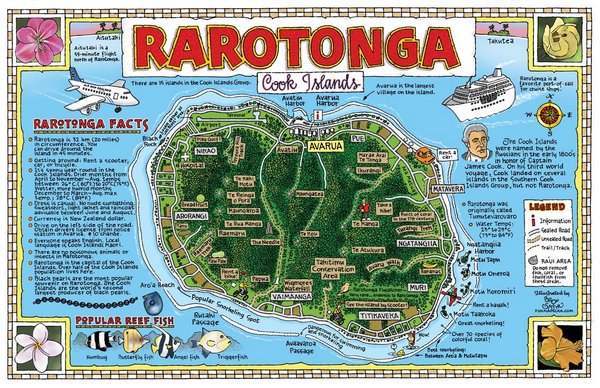
Rarotonga, like many South Pacific islands, has a mountainous (volcanic) interior, fringed by coral reef and lagoon. The only flat bits of land are largely along the coast, so the Ara Tapu (main road) runs all the way round the edge of the island (as does the older Ara Metua, which runs just inland of the Ara Tapu). As the road goes in a circle, this means there are only two bus routes to keep track of: clockwise and anticlockwise. The whole circumference is only twenty miles, so you can trundle round it in an hour or so on the bus (or less if you go by car or scooter). The buses are battered but comfy old single deckers that appear to have made in China, if the interior is anything to go by.
 The bus drivers are an entertaining bunch: my personal favourite was Mr Hopeless, who keeps a running commentary going for the entire journey about landmarks, local politics, tourists and his family and neighbours. When he runs out of things to say, he sings. I feel all British bus drivers should be sent on sabbaticals to Rarotonga, where they will learn from Mr Hopeless that keeping your passengers entertained is far more important than sticking slavishly to a timetable.
The bus drivers are an entertaining bunch: my personal favourite was Mr Hopeless, who keeps a running commentary going for the entire journey about landmarks, local politics, tourists and his family and neighbours. When he runs out of things to say, he sings. I feel all British bus drivers should be sent on sabbaticals to Rarotonga, where they will learn from Mr Hopeless that keeping your passengers entertained is far more important than sticking slavishly to a timetable.
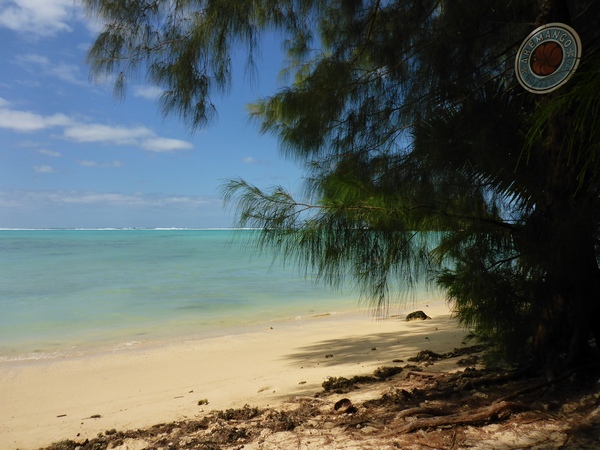 By the time I’d returned back from Avarua with the basics (bread, cheese, tea and beer) it was afternoon and time to investigate the beach. A hundred yard walk through some gardens and there I was: standing on coral sands, looking out over a turquoise lagoon. It was warm and there was the sound of surf breaking on the reef; and despite acute sleep deprivation, I suddenly felt intensely blessed to be there. Halfway around the world from where I lived, in the South Pacific at last.
By the time I’d returned back from Avarua with the basics (bread, cheese, tea and beer) it was afternoon and time to investigate the beach. A hundred yard walk through some gardens and there I was: standing on coral sands, looking out over a turquoise lagoon. It was warm and there was the sound of surf breaking on the reef; and despite acute sleep deprivation, I suddenly felt intensely blessed to be there. Halfway around the world from where I lived, in the South Pacific at last.
I explored westwards along the beach, past the little motu (islet) called Taaoka, which lies just offshore. Aremango is on south Muri beach, an area of Rarotonga popular with visitors. So popular in fact that sewerage run-off into the sea from tourist accommodation is causing environmental problems, with increased nitrogen levels resulting in algal blooms hazardous to marine life and human health. The problem has been acknowledged and some measures (e.g. improving septic tank sewer systems) have been put into place, but much more work still needs to be done.
On my first day there I was unaware of this issue, and you certainly couldn’t tell from looking at the lagoon that there was a problem. But a couple of days later I found the information display pictured above, and it was a timely reminder that those of us who are wealthy enough to travel and holiday in other people’s countries are responsible for the impact our stay has there, whether that be on the local environment, the economy or the culture. Flying over ten thousand miles to the Cook Islands is no small carbon footprint, so I was keen to stay in simple accommodation and to explore and enjoy the islands by as environmentally-friendly means as possible… Which on Rarotonga meant getting about by three of my favourite methods: bus, cycle and on foot.
As well as trying to address the sewerage pollution issue, there are other initiatives being enforced on Rarotonga to conserve the environment and wildlife. One of these is the designation of ra’ui: a ban on fishing or harvesting foods either in a specific area, or of a specific animal or plant species.
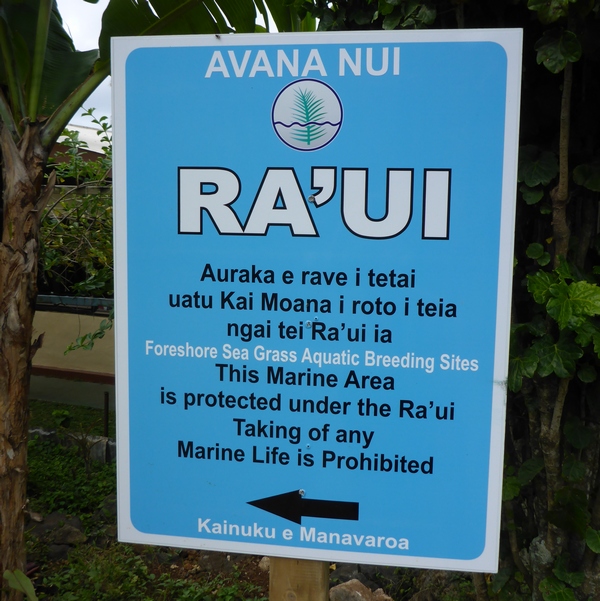 Ra’ui (or rāhui) are a traditional part of Maori culture, whereby a tapu (spiritual edict or prohibition) is placed restricting use of or access to a place, e.g. for gathering food. In the Cook Islands the ra’ui concept was revived in the late 1990s, to protect the island’s lagoon habitat. The Aronga Mana (traditional tribal councils) have placed ra’ui on several areas around Rarotonga’s lagoon. These ra’ui are not enforced through legal channels but instead rely on respect for traditional authority, with infringement dealt with by “rebuke and community pressure”.
Ra’ui (or rāhui) are a traditional part of Maori culture, whereby a tapu (spiritual edict or prohibition) is placed restricting use of or access to a place, e.g. for gathering food. In the Cook Islands the ra’ui concept was revived in the late 1990s, to protect the island’s lagoon habitat. The Aronga Mana (traditional tribal councils) have placed ra’ui on several areas around Rarotonga’s lagoon. These ra’ui are not enforced through legal channels but instead rely on respect for traditional authority, with infringement dealt with by “rebuke and community pressure”.
The other initiative that seeks to protect the marine environment in Rarotonga and elsewhere in the Cook Islands is the designation of a Marine Park. Although it was formally announced as policy by Cook Islands Prime Minister Henry Puna in 2013, the Marae Moana marine park has yet to be set up. As ever, funding and fishing interests are in the mix… Hopefully these won’t prove insurmountable obstacles for this project, because the lagoon surrounding Rarotonga certainly deserves protection of the highest standard and is a beautiful and diverse environment… As my photo below of threadfin butterfly fish, taken whilst snorkelling, shows.
As well as the occasional ra’ui notice, there were other signs repeated at regular intervals along the Ara Tapu that certainly caught my notice. You know you’re in a interesting part of the world when roadside signs inform you not of speed limits or dual carriageways, but instead tell you which way to run in the event of a tsunami. This disconcerted me at first, but the rather jolly signs are reassuring in a low-tech sort of way. The knowledge that you’re in a place where seismic activity occasionally means that very big waves come ashore is a bit worrying… But no need to panic, there is a plan to cope with this: i.e. run fairly smartly up the nearest hill that presents itself. Which given that Rarotonga just inland of the Ara Tapu is all hill, doesn’t prove too difficult. 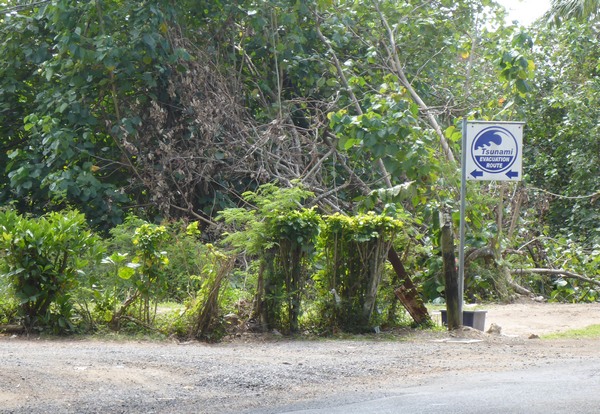
Whether or not I needed to make use of a tsunami evacuation route during my five weeks of travelling in the South Pacific will be revealed in a later chapter of this blog. In the meantime, I knew that I needed a good night’s kip because tomorrow I was going to be up early to head out on a cycle tour to explore Rarotonga’s interior. I had reached the end of my first day in the South Pacific: happy, hallucinating slightly from lack of sleep, stuffed with bread and cheese and beer and bananas, I fell asleep to the sound of the island’s three billion chickens serenading the sunset. Sweet dreams.
Coming up next time, in South Pacific Adventure part 2:
Off-road cycling; bush medicine and plant First Aid; everything you ever wanted to know about coconuts; and why building a hotel on cursed land is not a good idea, even if you’re the Mafia. Plus chickens. Lot of chickens.

